10 Ways To Survive Being Lost In A Desert
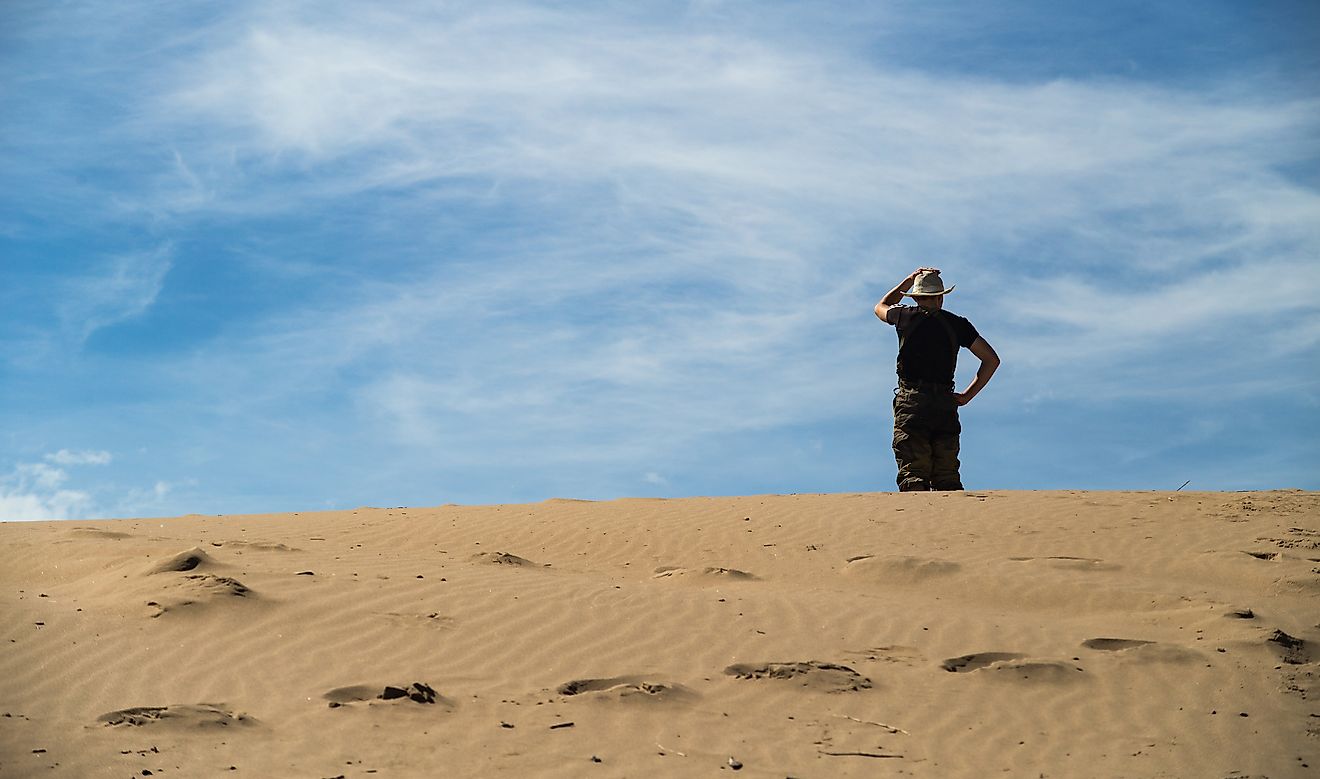
- The Sahara Desert is the largest desert in the world.
- A desert receives less than 10 inches of rain a year.
- 20 percent of the world's land surface is desert.
Hiking in the desert can be a great way to spend an afternoon. However, one wrong turn could leave you stranded with nothing but endless sand and relentless sun. If you realize you have gone off-course and do not know how to get back to your route, it is important to remember how to survive being lost in a desert. Read on below to find out 10 top tips.
10. Tell someone where you are going

This is a simple but extremely important tip. Tell a family member or friend where you are going, how long you will be going for, and what time you expect to be home. If you end up getting lost, you will not be lost for long as they will be able to alert the authorities quickly, who will know where to look for you.
9. Do not drink cactus juice
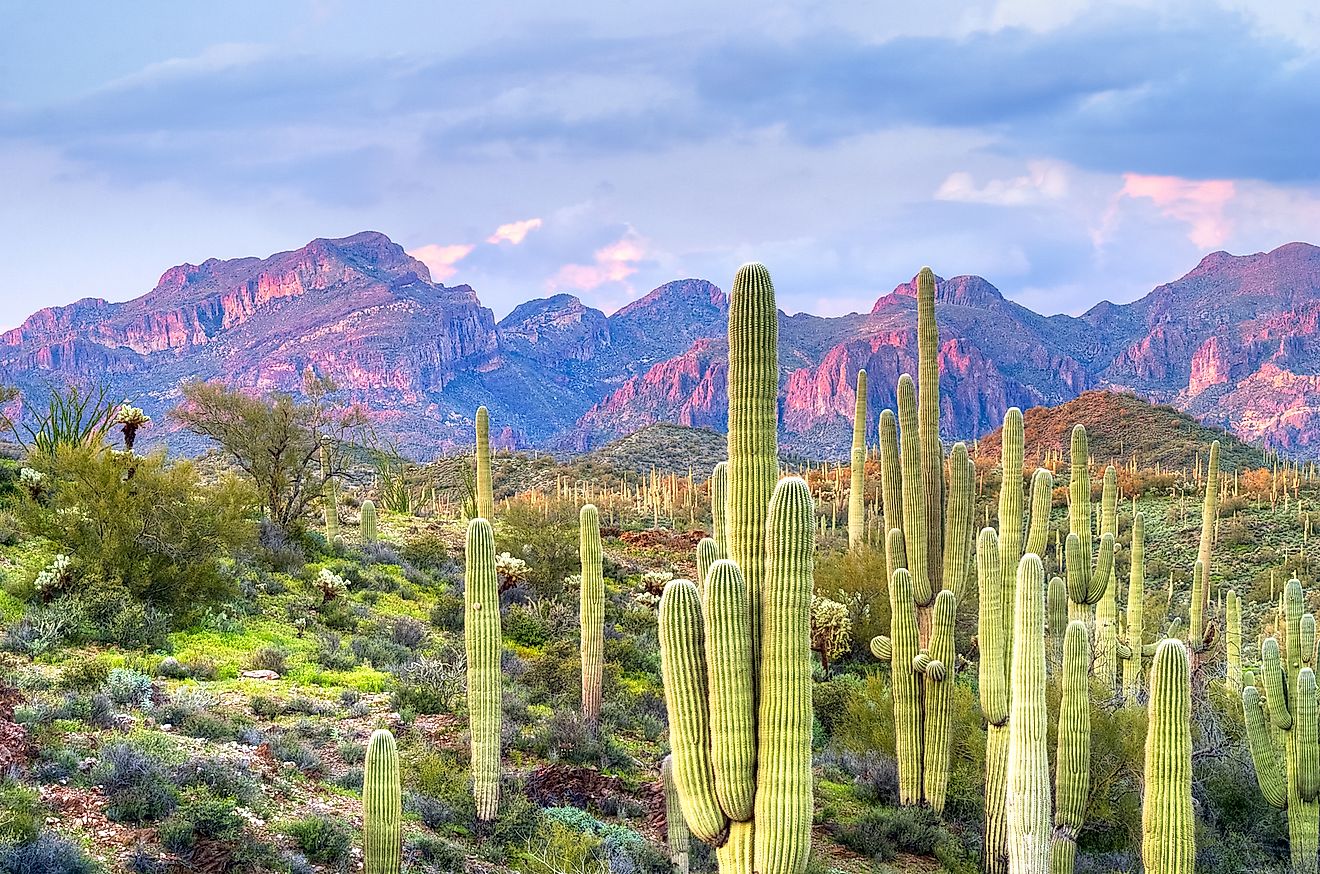
It is a myth that cacti contain water, so do not cut open a cactus and drink its juice if you get lost in the desert. Drinking cactus juice will make you extremely ill; it will cause vomiting and diarrhea, which will exacerbate dehydration. There are some cacti that can be eaten, but you will need to have thoroughly researched this beforehand; do not eat unknown plants as they can be deadly.
8. Find shade
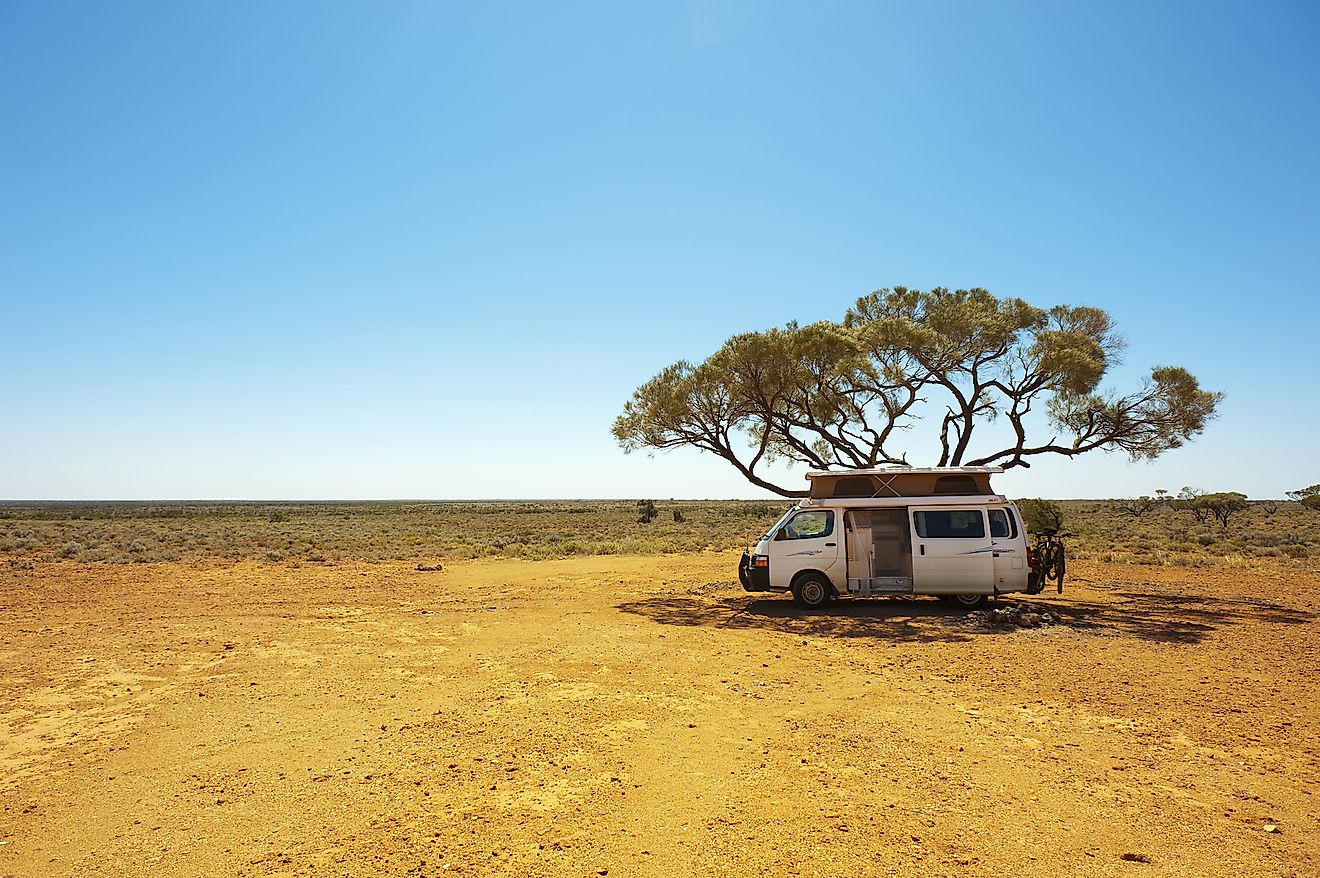
Avoid sunstroke and conserve your energy by staying out of the sun from 10am to 5pm. If you find a cave, approach it with caution as it may be inhabited by animals. If you cannot find a patch of shade, you can make one. Ideally, you will have a survival kit with survival equipment. If you have an emergency blanket and cords, you can fashion a shelter between a pair of objects.
7. Travel at night
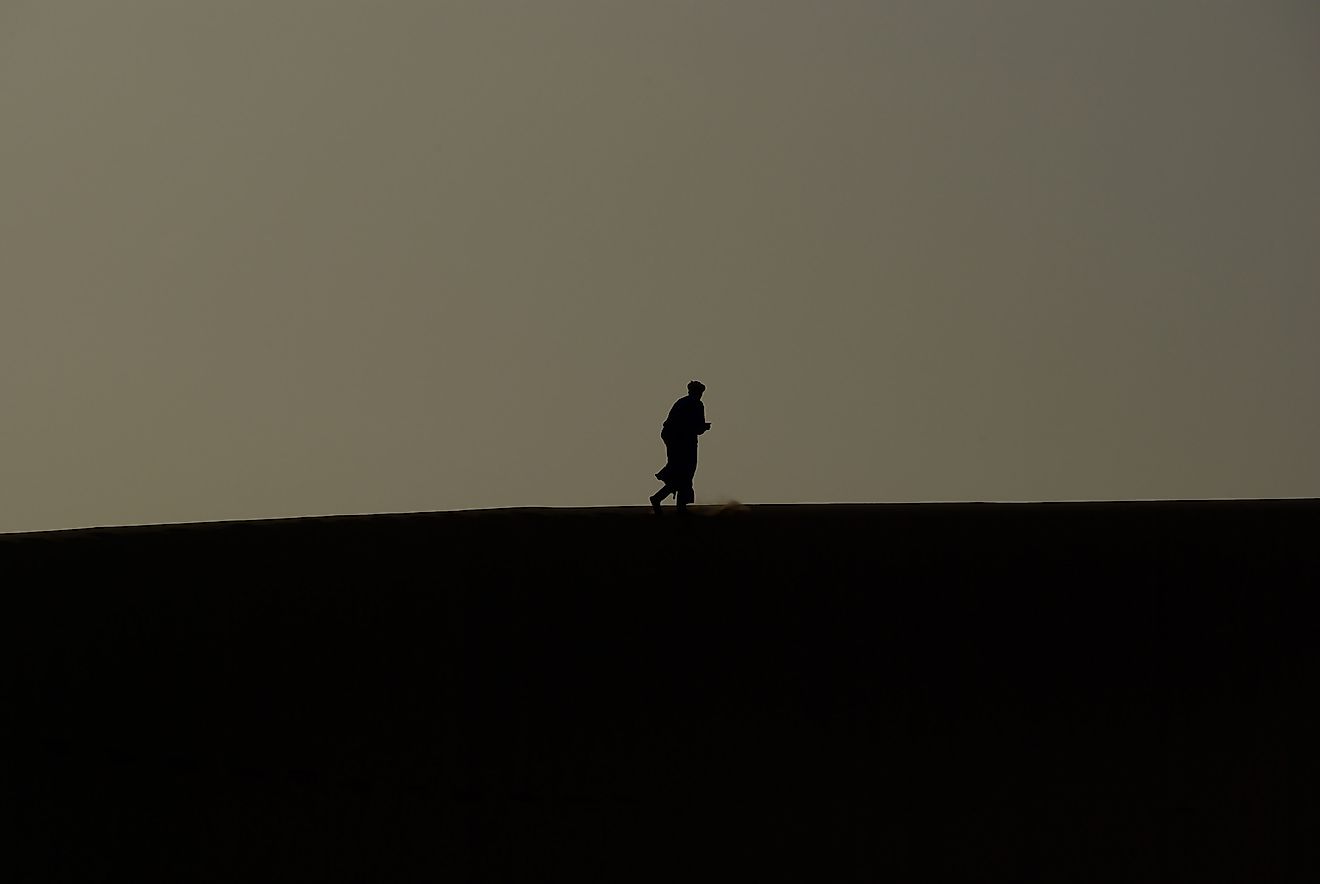
As the night time is a lot cooler than the day, traveling at night will reduce the risk of dehydration. You can use this time to search for water or build a fire that will keep you warm and serve as a rescue signal. If you find a source of water, the fire will allow you to purify it and make it safe for drinking.
6. Conserve your food
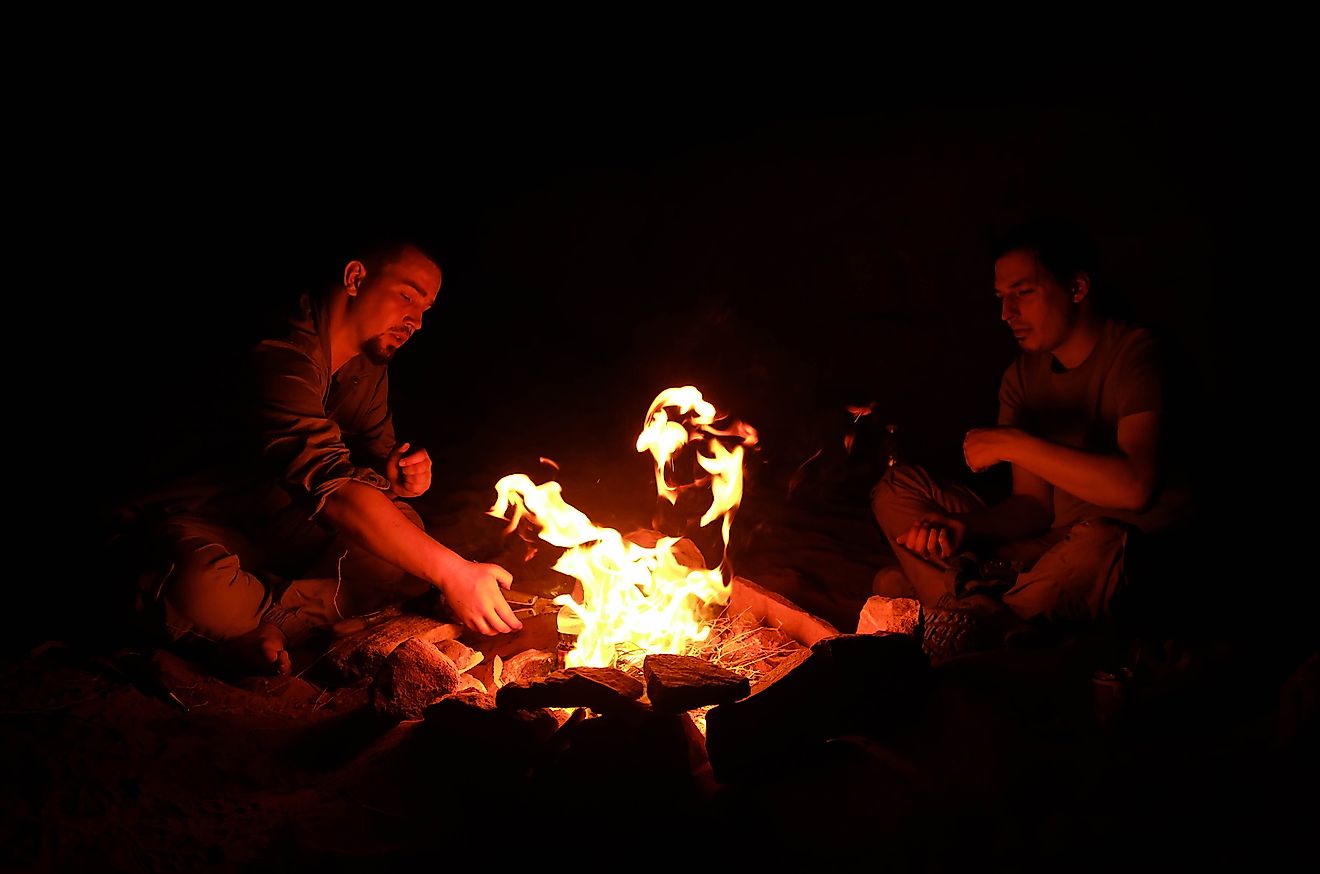
Human beings can survive a lot longer without food than without water so save your food until you really need it. Eating increases thirst and if you are short on water, then it is better to hold off on eating as water is more important. If you do have to eat, only have a small amount to subside hunger pains.
5. Do not remove your clothes
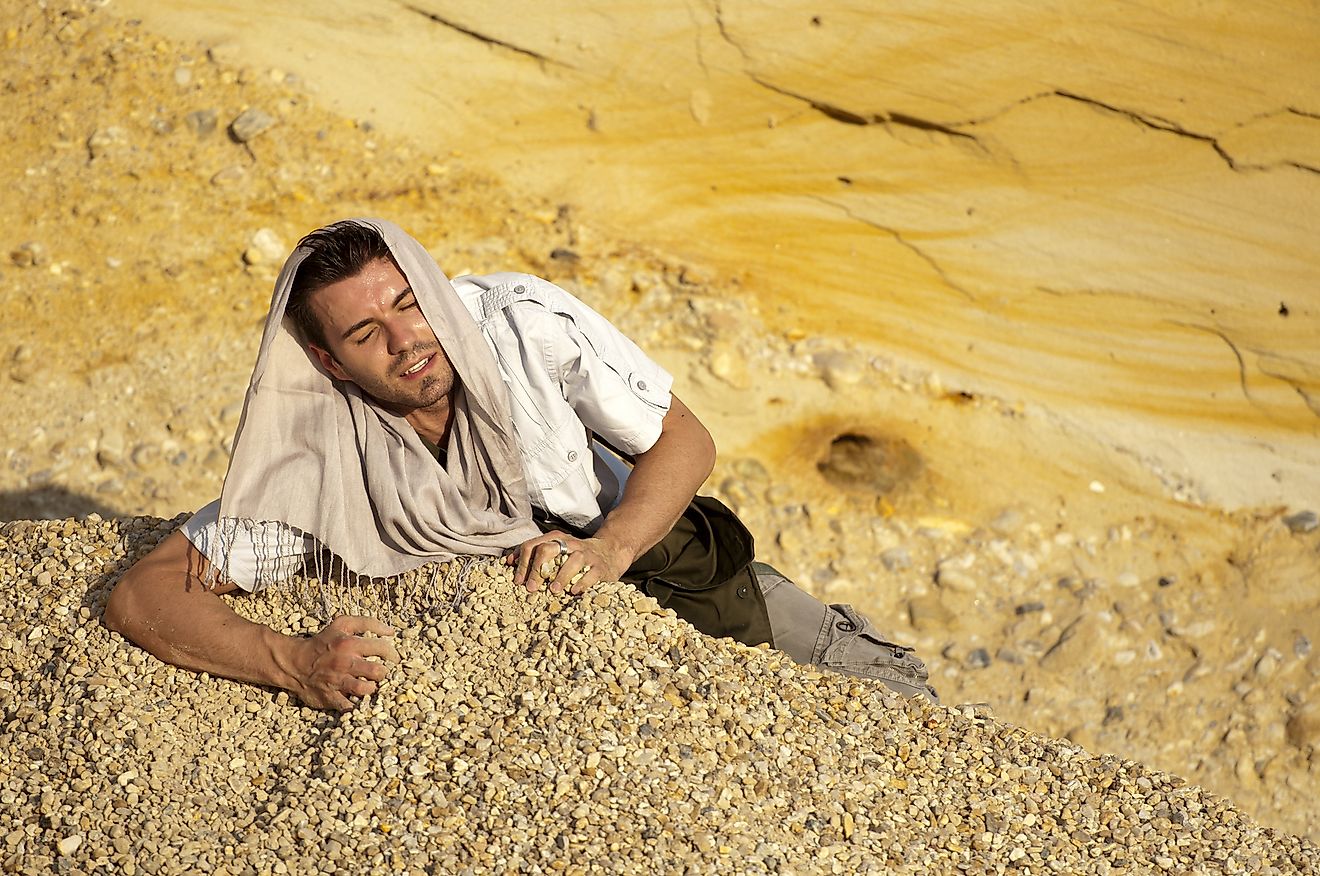
This may seem counter-intuitive, especially in high temperatures, but keeping covered up may save your life. Keeping covered will protect you from sunburn and will stop sweat from evaporating – less water loss will slow down dehydration and keep you alive for longer.
4. Beware of animals
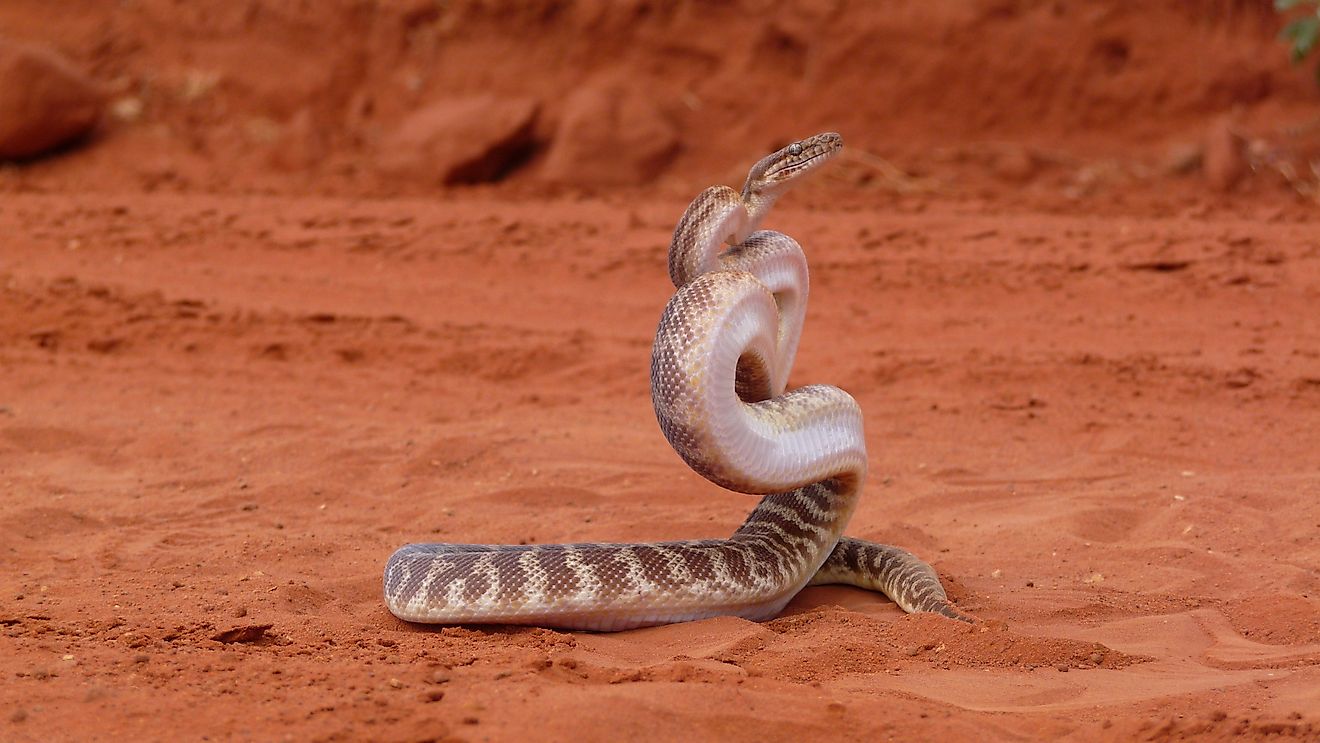
If you happen across a group of animals, it may be a good idea to follow them as they could lead you to a water source. However, it is best to keep your distance to ensure they do not harm you. Be careful when lifting rocks as poisonous insects may be underneath them.
3. Stay calm
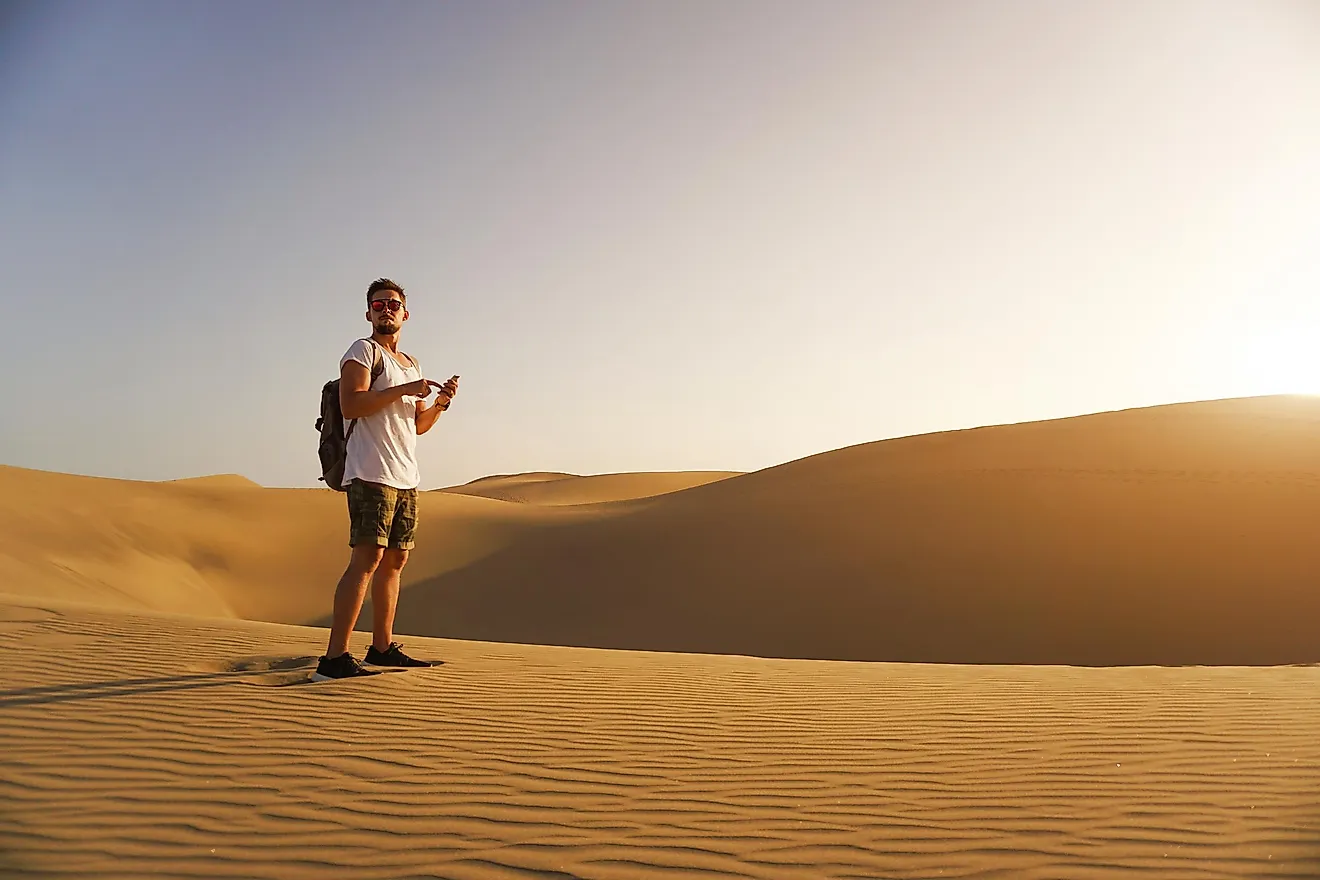
If you realize you are lost, do not panic as panicking could worsen your situation. Remain calm and assess your surroundings, you may not have strayed far from your original route; taking a moment to think may get you back on track. If you find that you are extremely lost, then it is important to make survival your priority, and thinking rationally will help this.
2. Look for water
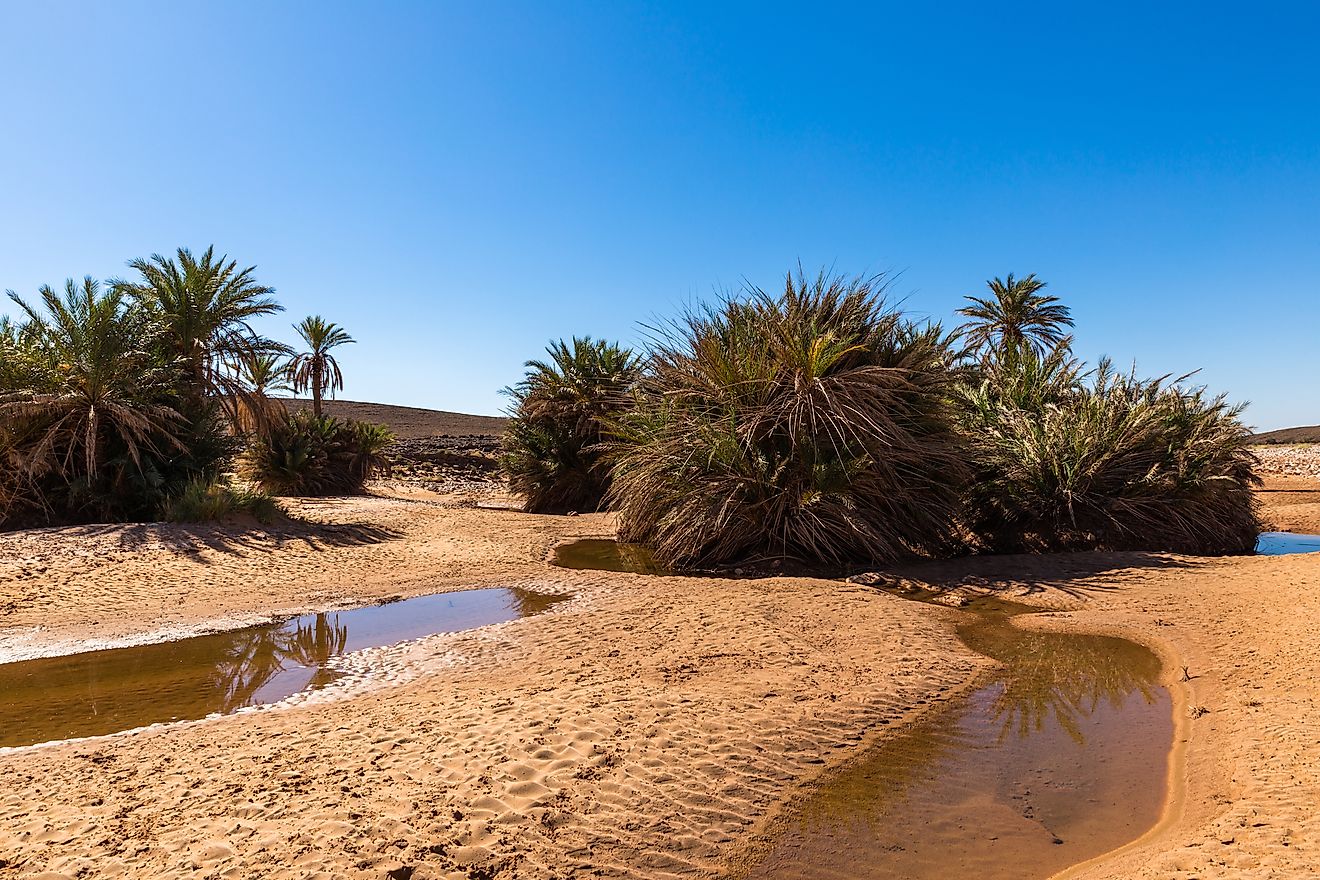
Some deserts experience rainstorms, and if one had taken place recently, you should be able to find small pools of water between rocks or on the surfaces of flat stones. If you notice animals’ tracks leading downhill, it may be an indication that a watering hole is nearby. However, it is most likely you will need to dig for groundwater. Groundwater tends to collect at the foot of mountains or large rocks; dig a hole at the point where the rock slopes beneath the surface. Keep an eye out for vegetation with large, green leaves as they require a lot of water, so it may indicate a source of water is nearby.
1. Personal Locator Beacon
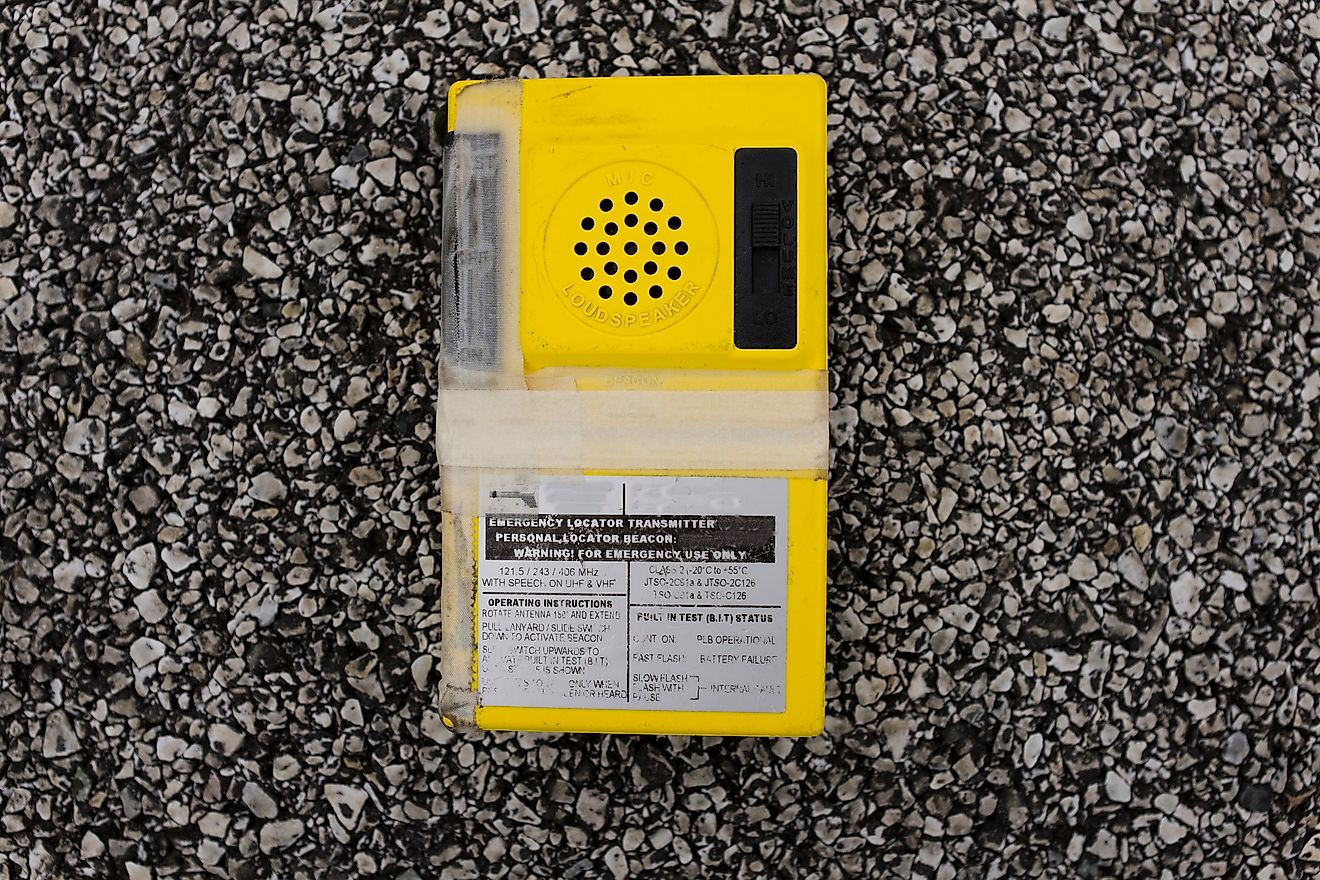
The best way to ensure survival after getting lost in a desert is by carrying a personal locator beacon. This hand-held device sends out an emergency signal via satellite which is then received by Rescue Control Center, who will be able to see your location and send out a search team to rescue you. The devices are to be used in emergencies only and can be quite expensive but to ensure your safety is worth every cent.











